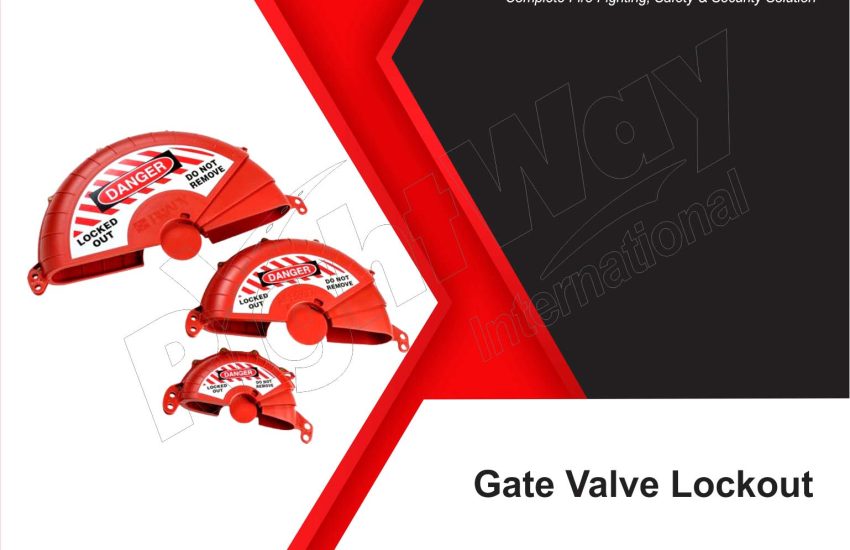Gate Valve Lockout In industrial environments, maintaining safety during maintenance and repair tasks is crucial. One key component of effective safety protocols is the use of gate valve lockouts. This article will discuss what gate valve lockouts are, their features, benefits, and best practices for use, incorporating essential keywords for optimal search engine optimization (SEO).
What is a Gate Valve Lockout?
Gate Valve Lockout is a safety device specifically designed to secure gate valves in the closed position during maintenance or servicing. By preventing the accidental opening of the valve, these lockouts help control the flow of hazardous materials, thereby enhancing safety in the workplace.
Key Features of Gate Valve Lockouts
- Durable Construction: Manufacturers create gate valve lockouts using robust materials, such as high-grade plastic or metal, ensuring they withstand harsh conditions and resist corrosion.
- Adjustable Design: Many gate valve lockouts feature an adjustable design to fit various sizes and types of gate valves, making them versatile for different applications.
- User-Friendly Installation: Most devices are designed for quick and easy installation, allowing workers to implement lockout procedures without extensive training.
- Multiple Locking Capability: Many gate valve lockouts can accommodate several padlocks, enabling multiple employees to secure the valve simultaneously, enhancing safety.
Benefits of Using Gate Valve Lockouts
- Improved Safety: By securing gate valves, these lockouts minimize the risk of accidental opening, preventing potential injuries and accidents.
- Regulatory Compliance: Using gate valve lockouts helps organizations adhere to safety regulations and standards, fostering a safer work environment.
- Cost Savings: Effective lockout procedures can reduce the likelihood of accidents, saving organizations money on medical costs and operational downtime.
How to Use Gate Valve Lockouts
- Identify the Gate Valve: Locate the specific gate valve that requires lockout before starting any maintenance or service work.
- Close the Valve: Ensure the gate valve is fully closed to prevent any flow of hazardous substances.
- Apply the Lockout Device: Place the gate valve lockout over the valve and secure it according to the manufacturer’s instructions.
- Attach Padlocks: Insert padlocks into the lockout device. If multiple workers are involved, each can add their padlock for added security.
- Verify Lockout: Double-check that the lockout is secure before proceeding with any maintenance work on the valve.
Choosing the Right Gate Valve Lockout
When selecting a gate valve lockout, consider the following factors:
- Size and Compatibility: Ensure the lockout device fits your specific gate valve type and size.
- Material Quality: Choose lockouts made from high-quality materials to ensure durability and resistance to environmental factors.
- Ease of Use: Opt for designs that allow for quick installation and removal, promoting efficient safety practices.
Conclusion
Gate valve lockouts are essential tools for maintaining safety during maintenance and servicing operations. By investing in high-quality lockout devices, organizations can enhance safety compliance, reduce risks, and cultivate a culture of workplace safety.
For more information on gate valve lockouts and other safety equipment, visit our website or contact our team of experts today.


